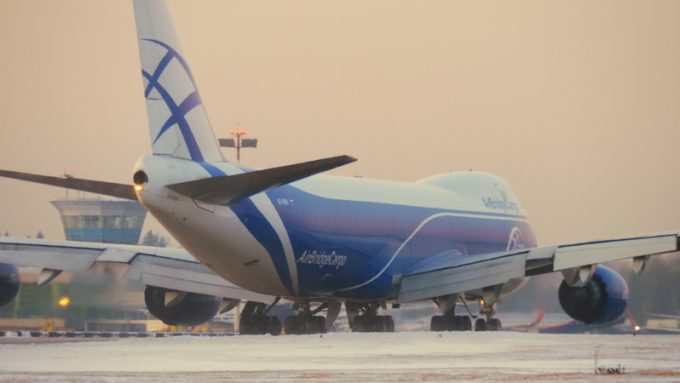Bottleneck fears as cargo growth outpaces airport infrastructure investment
Forwarders and airlines fear new bottlenecks at airports as cargo growth outpaces infrastructure investment. Brandon Fried, ...

Frustrated airfreight shippers will be astonished to discover that cargo flights in 2020 were only half-full – according to IATA data.
In a year when demand for air freight capacity grew exponentially in the second quarter, as governments booked-out flights to carry PPE and forwarders struggled ...


Comment on this article
Stan Wraight
August 04, 2021 at 2:58 pmIf airlines are depending on IATA to know their own Loadfactors, they should take a hard look at their management teams professionalism. IATA or Clive published loadfactors are nice to have but like most statistics published by associations or others, they are averages for a wide audience. Globally, traffic imbalances, destination mix, currency, and most of all ultra long haul pax trend, example say Chicago to Hong Kong or Pudong to London dictate specific reality. These global stats, be they volume or tonnage based, are not relevant for any airlines cargo management decision making process.
royston stapleton
August 04, 2021 at 5:41 pmGod forbid the Airlines try and raise-from-the-dead their 5000 volume equation from the early 90’s, which only went away because of the Gulf War and the fact they could levy FSC and SSC instead !!!!